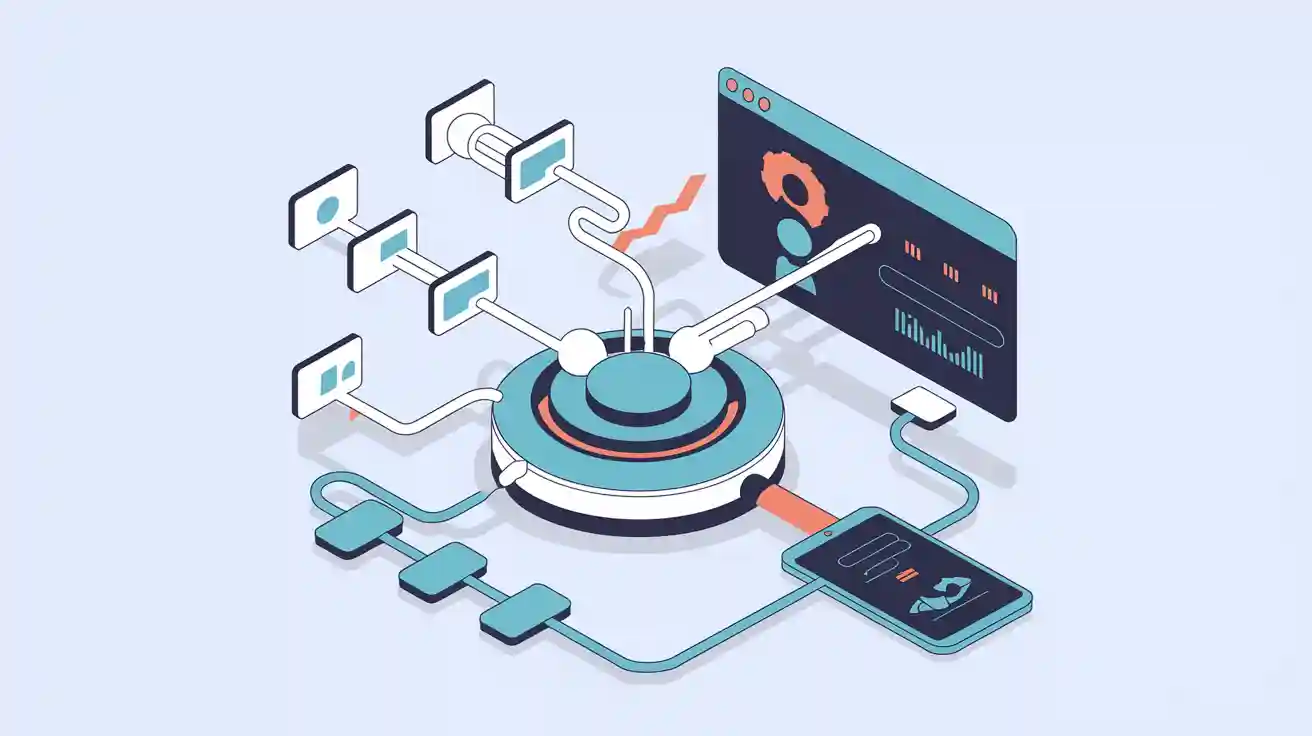What is a Content Personalization Engine? Definition, Key Features & Applications
Discover what a Content Personalization Engine is, how it works, and its real-world applications in digital marketing, e-commerce, and brand optimization. Learn the core components, benefits, and how AI-driven personalization engines like Geneo enhance user engagement and conversion. Includes definition, key features, and practical examples.


One-Sentence Definition
A content personalization engine is an AI-driven system that analyzes user data and context to dynamically deliver tailored content, offers, or experiences across digital channels in real time.
Detailed Explanation
Content personalization engines leverage artificial intelligence (AI) and machine learning to collect, analyze, and interpret user data—such as browsing behavior, purchase history, and engagement patterns. By understanding each user's preferences and context, these engines generate and distribute highly relevant content across websites, mobile apps, emails, and more. The goal is to enhance user engagement, satisfaction, and conversion by ensuring every interaction feels uniquely tailored.
According to Gartner, personalization engines "apply context about individual users and their circumstances to select, tailor and deliver messaging such as content, offers and other interactions through digital channels in support of marketing, digital commerce and customer experience."
Key Components
Data Collection & Management: Aggregates user data from multiple sources (web, app, CRM, social media).
User Profiling: Builds dynamic user profiles based on behavior, preferences, and demographics.
AI & Machine Learning Algorithms: Analyze data to predict interests and determine the most relevant content.
Content Generation & Delivery: Dynamically assembles and distributes personalized content across channels.
Real-Time Feedback & Optimization: Continuously refines recommendations using A/B testing and user responses.
Privacy & Compliance: Ensures data handling aligns with regulations like GDPR.
How It Works
Data Collection: Gathers real-time and historical data on user interactions.
Profile Building: Creates a multi-dimensional view of each user.
Algorithmic Decision-Making: Uses collaborative filtering, content-based filtering, and deep learning to predict what content will resonate.
Dynamic Delivery: Pushes personalized content to the right user, at the right time, on the right channel.
Continuous Learning: Adapts to new behaviors and feedback, optimizing future content delivery.
Real-World Applications
E-commerce: Recommending products based on browsing and purchase history.
Media & Publishing: Suggesting articles or videos tailored to reading/viewing habits.
Brand Marketing: Dynamically adjusting social media or website content to match audience sentiment and trends.
Financial Services: Offering personalized financial advice or product suggestions.
Education: Customizing learning paths for individual students.
Example: AI-Driven Content Optimization with Geneo
Geneo, an AI search visibility optimization platform, empowers brands to monitor and enhance their presence across AI search engines like ChatGPT and Google AI Overview. By leveraging features such as AI-powered sentiment analysis and content optimization suggestions, Geneo enables brands to dynamically adjust their messaging and content distribution. For instance, a brand can use Geneo’s sentiment analysis to identify shifts in audience mood and automatically tailor social media posts or website content for higher engagement and conversion.
Related Concepts
Recommendation System: Focuses on suggesting products or content, often as a sub-module within personalization engines.
User Segmentation: Divides users into groups for targeted personalization.
Dynamic Content Delivery: Real-time adaptation of content based on user context.
Customer Data Platform (CDP): Centralizes and manages customer data for personalization.
A/B Testing: Experiments to optimize content effectiveness.
Distinguishing from Recommendation Systems
While recommendation systems suggest items based on user or group behavior, content personalization engines encompass a broader scope: they orchestrate the entire process of data collection, user profiling, content generation, delivery, and feedback across multiple channels. In essence, a recommendation system is often a component within a larger personalization engine.
Visualizing the Engine
Image source: Optimizely
References
Ready to elevate your brand’s content personalization and AI search visibility? Try Geneo today and unlock the power of real-time, AI-driven content optimization.





